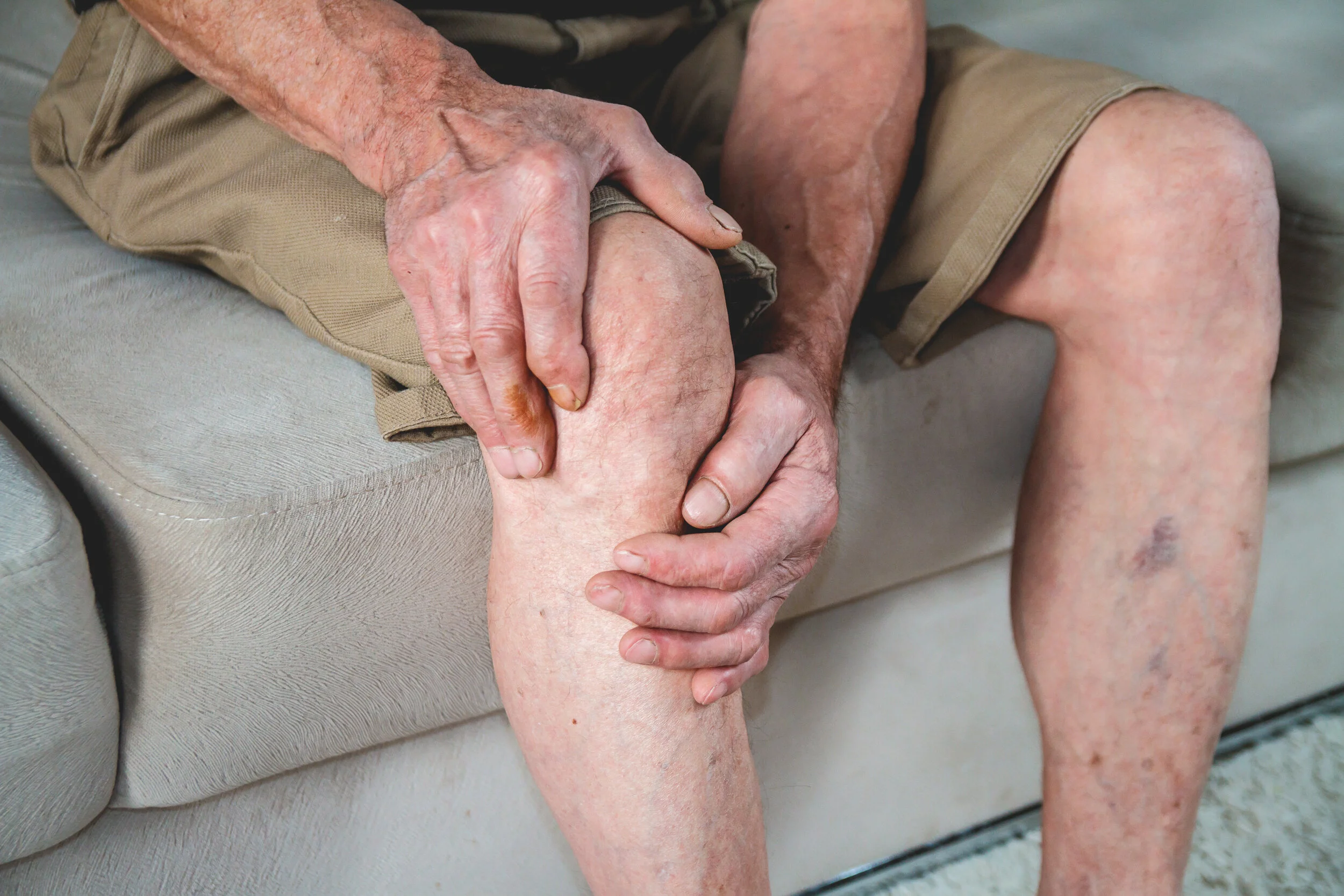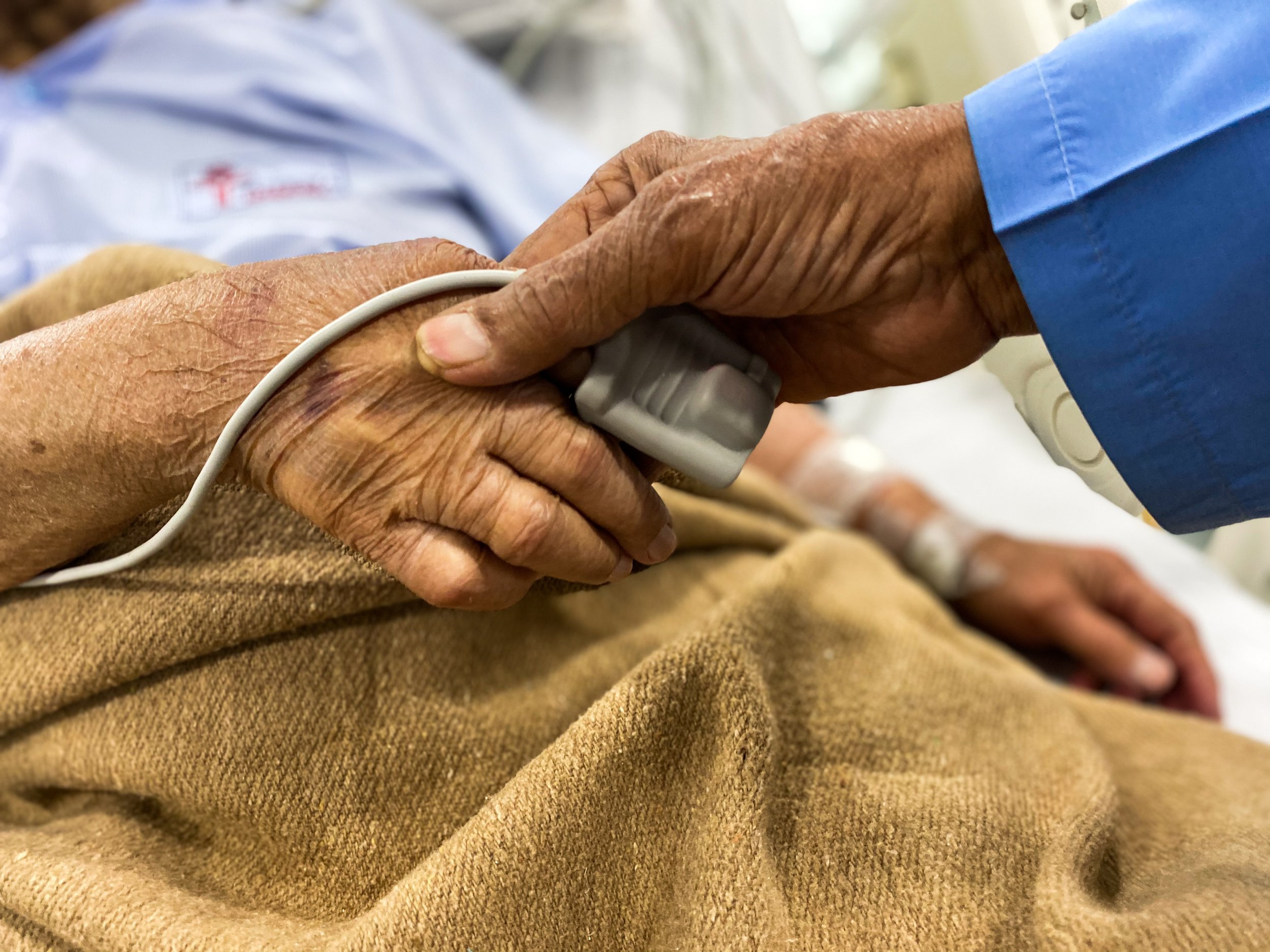Blocked Leg Arteries
Overview
Blocked leg arteries, also called peripheral artery disease, are clogged due to narrowed arteries caused by plaque deposits.
Symptoms include painful cramping in one of both of your hips, thighs, or calf muscles after physical activity; leg numbness or weakness; sores on your feet or legs that won’t heal; and more.
Risk factors include being 50-years-old and older, having diabetes and/or obesity, and being African American.
Treatment includes the non-surgical procedure called ‘angioplasty’ that clears the arteries of that plaque.
What causes blocked leg arteries?
Otherwise known as peripheral artery disease, this vascular disease that normally affects the legs is caused by reduced blood flow due to plaque build up in the walls of your arteries .
What are symptoms of a blocked artery in your leg?
If you have a blocked artery, you will feel painful cramping in one or both of your hips, thighs, or calf muscles during physical activity (called ‘claudication’). Other symptoms include the following:

How common is this condition?
It affects 8-12 million people over 40-years-old in the United States.
75% of people with PAD aren’t getting treated.
That’s more than cancer, stroke, and congestive heart failure.
Even if you don't identify with symptoms, you could still have it!
What increases my risk of developing blocked arteries?
Diabetes and smoking are two of the biggest risk factors. They increase your risk of atherosclerosis (the hardening of one's arteries), which leads to peripheral artery disease. Additional risk factors include: Being 50-years-old and older, obese, African-American, having kidney disease or hypertension
Obesity is another risk factor that can lead to poor blood flow as well as additional risk of diabetes. Manage these risk factors through lifestyle modifications: watch what you eat, exercise more frequently, and quit smoking.
How is PAD diagnosed?
Ankle-brachial index (ABI)
Peripheral artery disease is diagnosed through a simple, 2-minute test called the Ankle Brachial Index, or ABI.
The test measures the blood pressure in your ankle against the blood pressure in your arm to determine whether there is an issue with circulation.
If these readings are out of balance, it could indicate peripheral artery disease.
Having an ABI test and getting appropriate treatment could help stop the disease from getting worse – possibly saving a toe or leg from amputation.
Why is it important to treat peripheral artery disease?
Without treatment, peripheral artery disease can turn into critical limb ischemia (CLI), which is the worst form of peripheral artery disease.
It’s characterized by severe pain in the legs and feet while not moving, thickening of the toenails, and the presence of an ulcer or gangrene (dead tissue from lack of blood-flow). You might feel the need to hang your foot off the edge of the bed to get pain relief.
In CLI cases, amputation might be necessary.
Treatment for blocked leg arteries
Angioplasty
A minimally invasive procedure for those with peripheral artery disease that cleans your blocked arteries (usually in the legs) of plaque. As a result, blood will be able to flow much easier.













